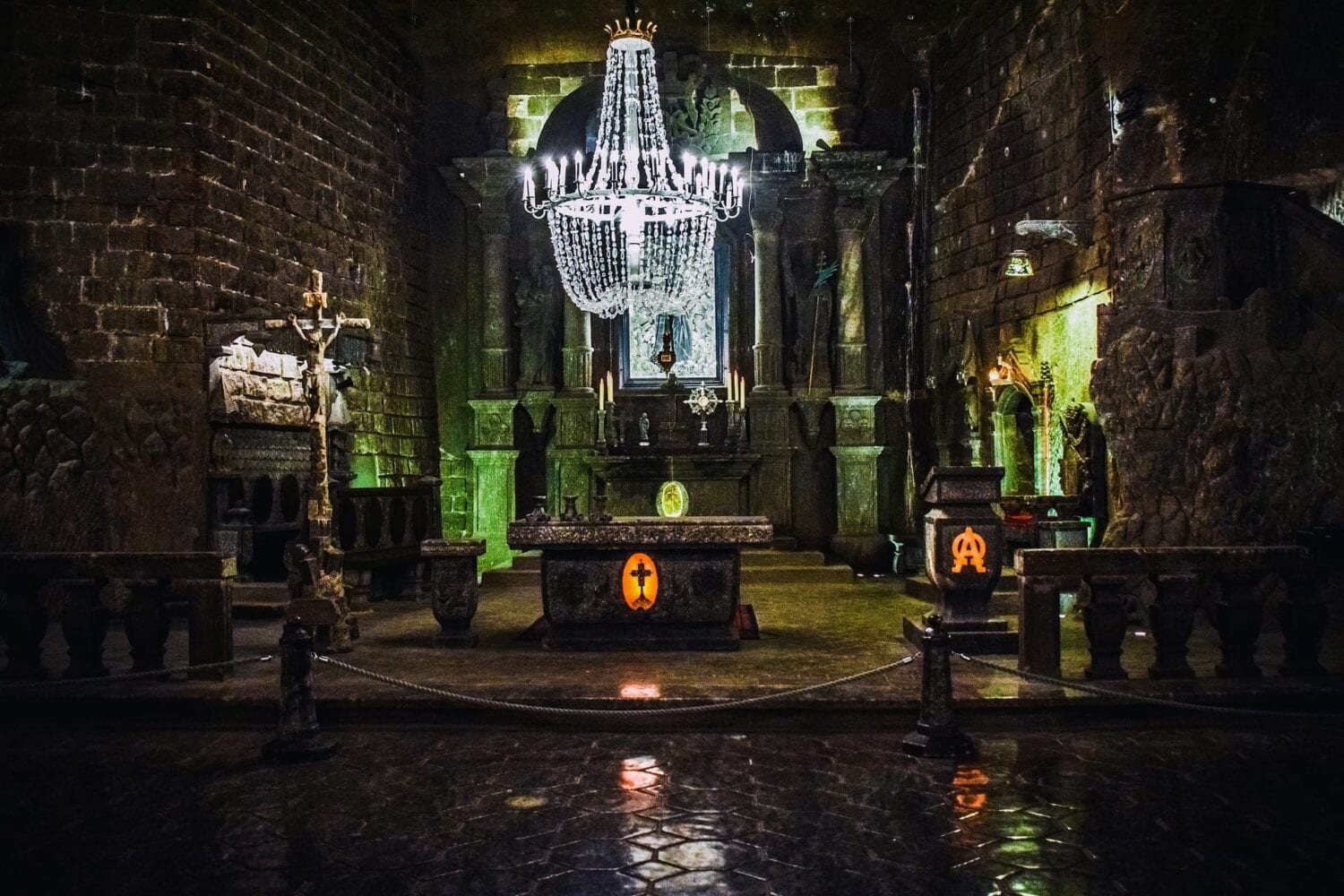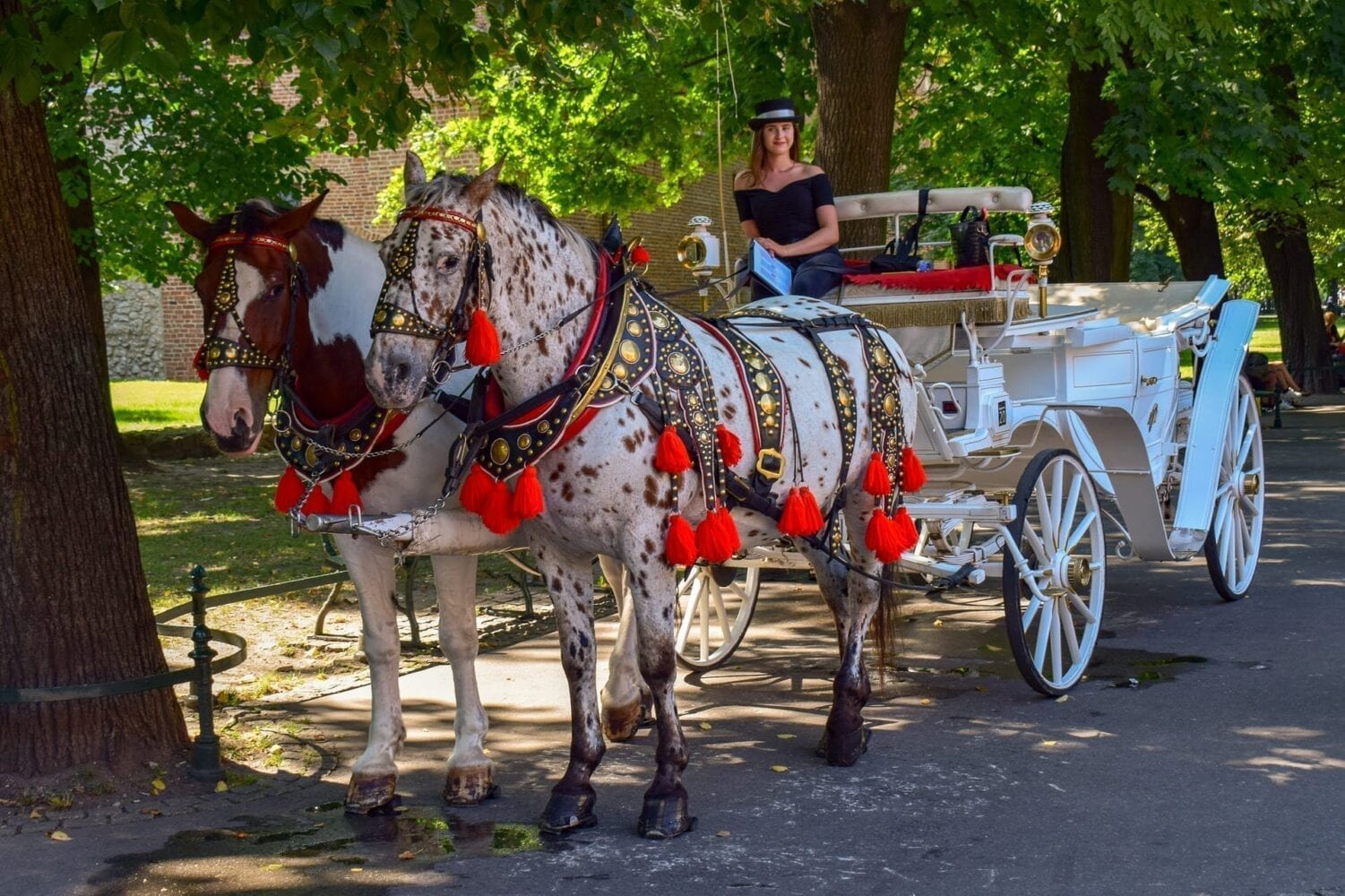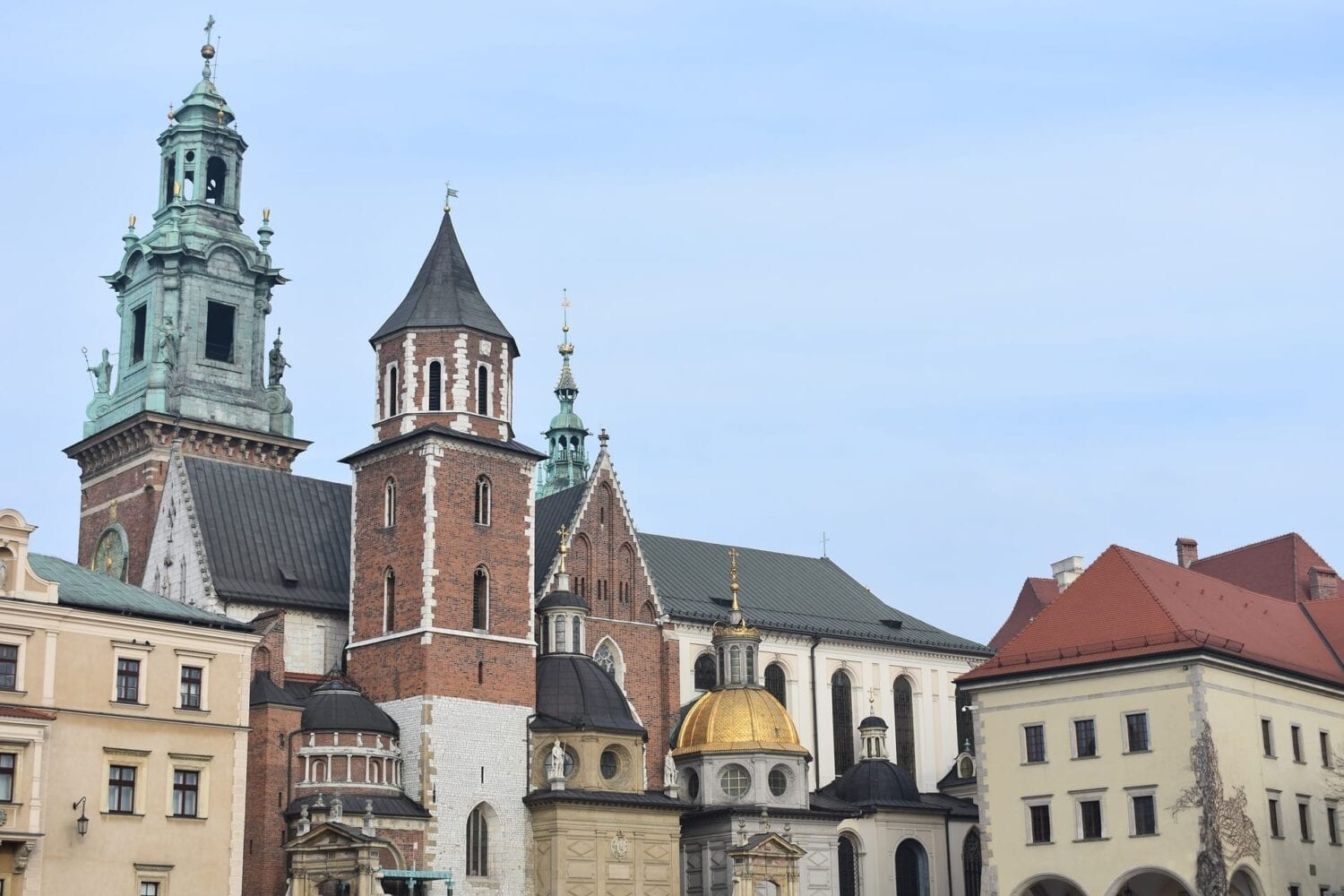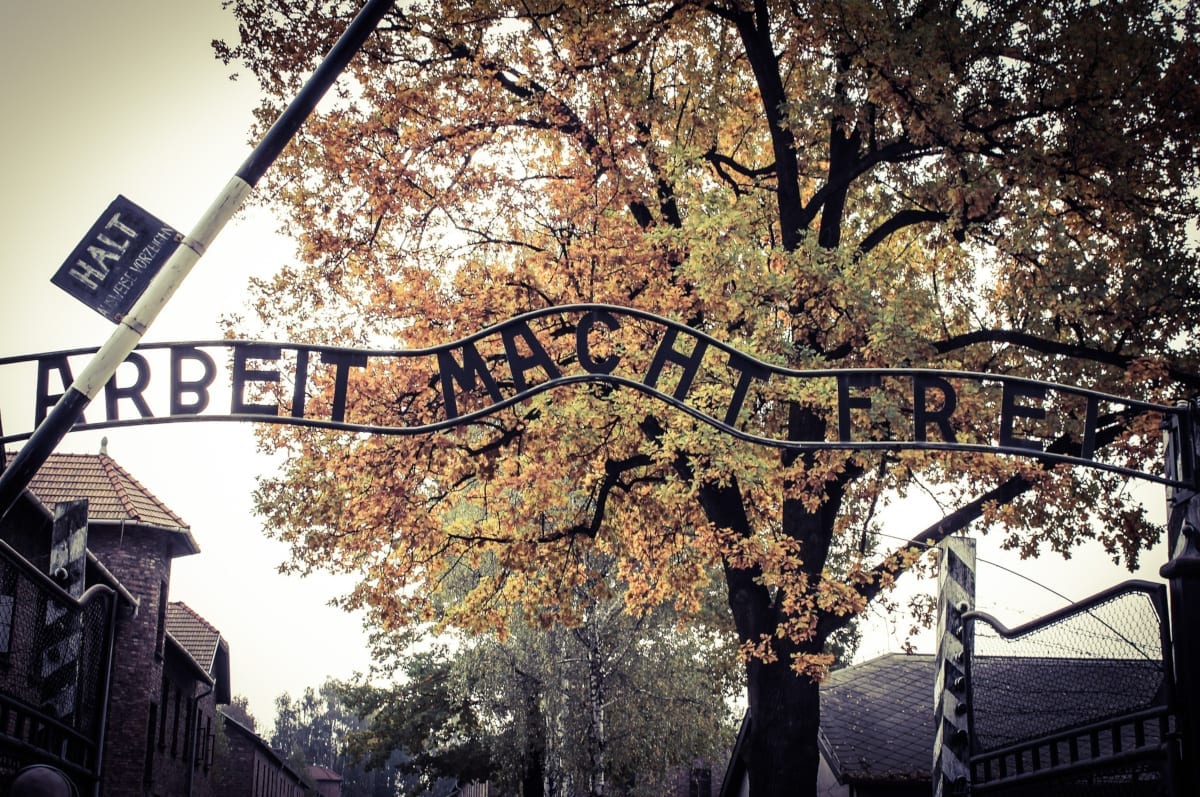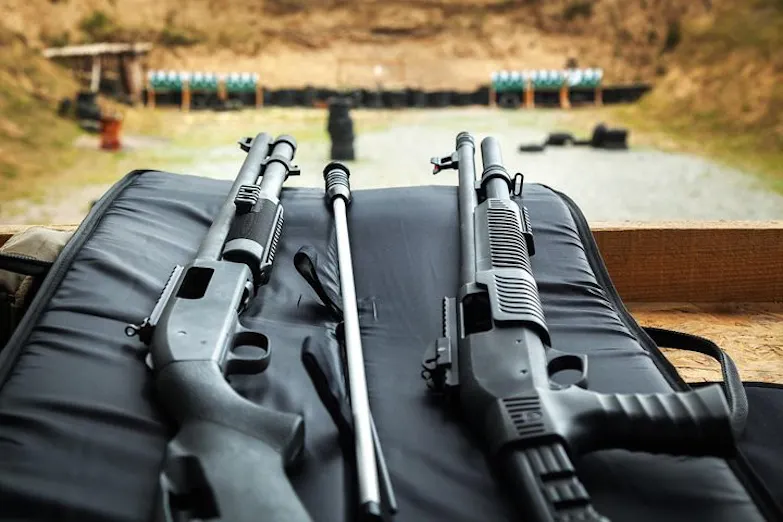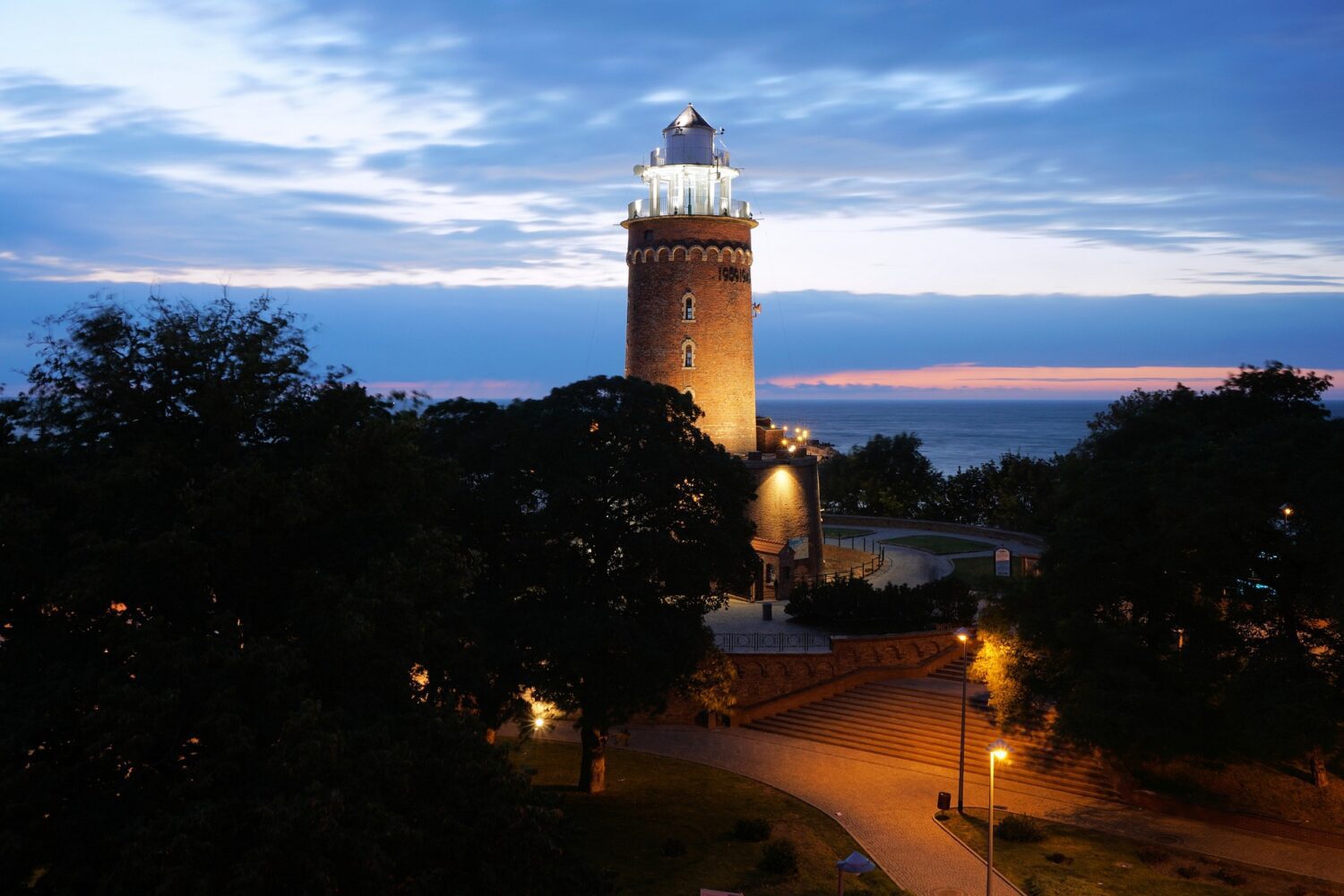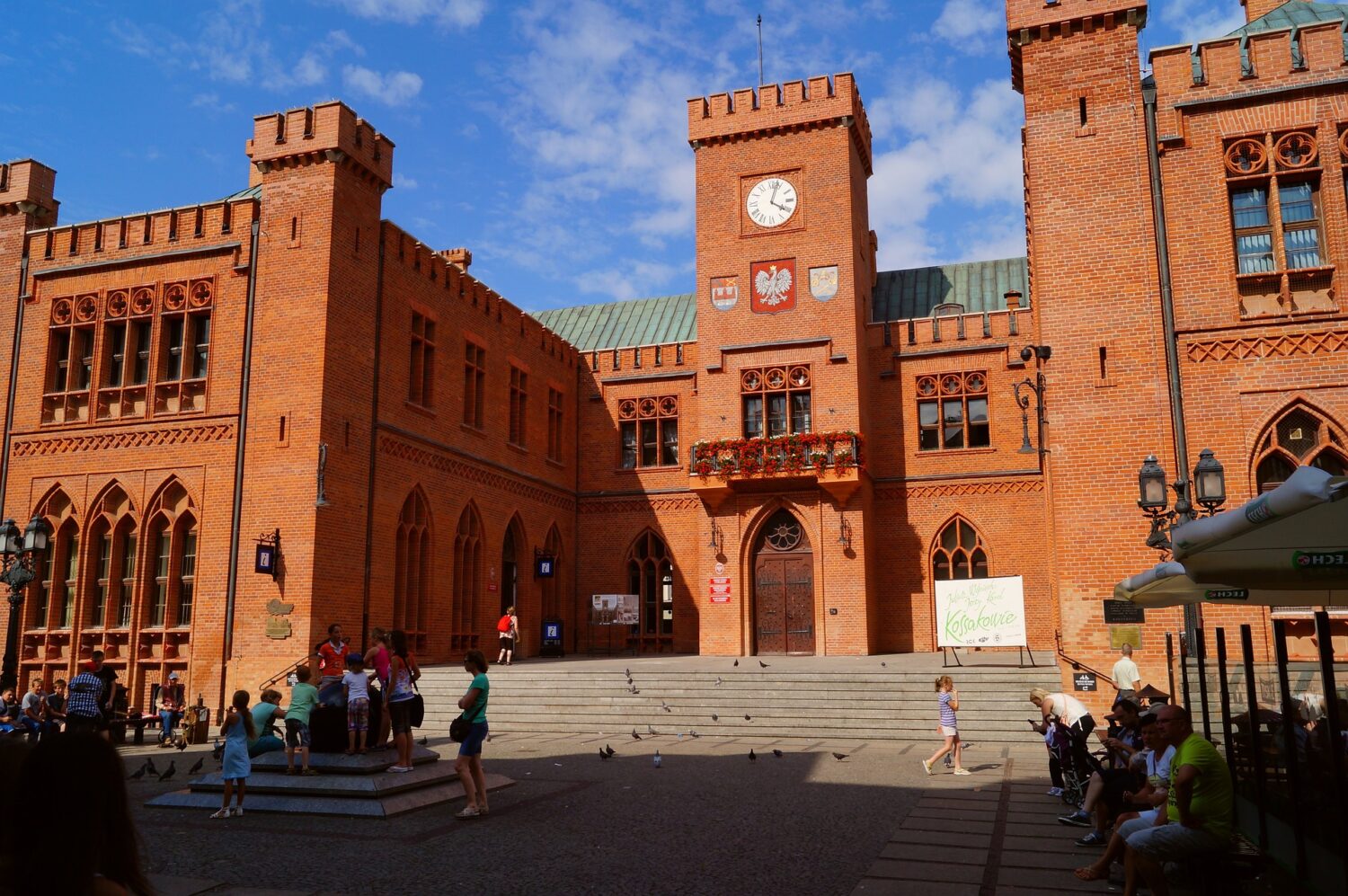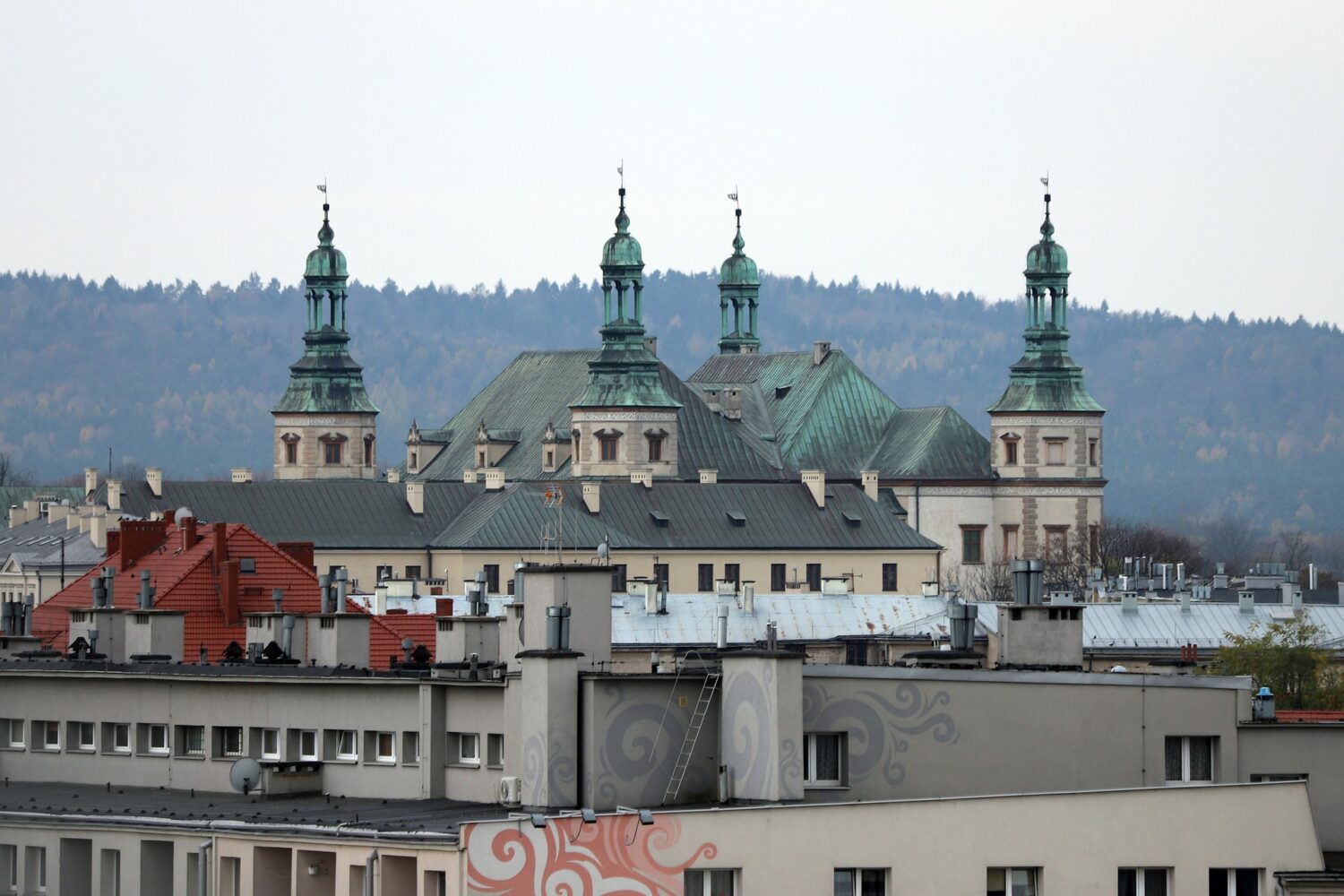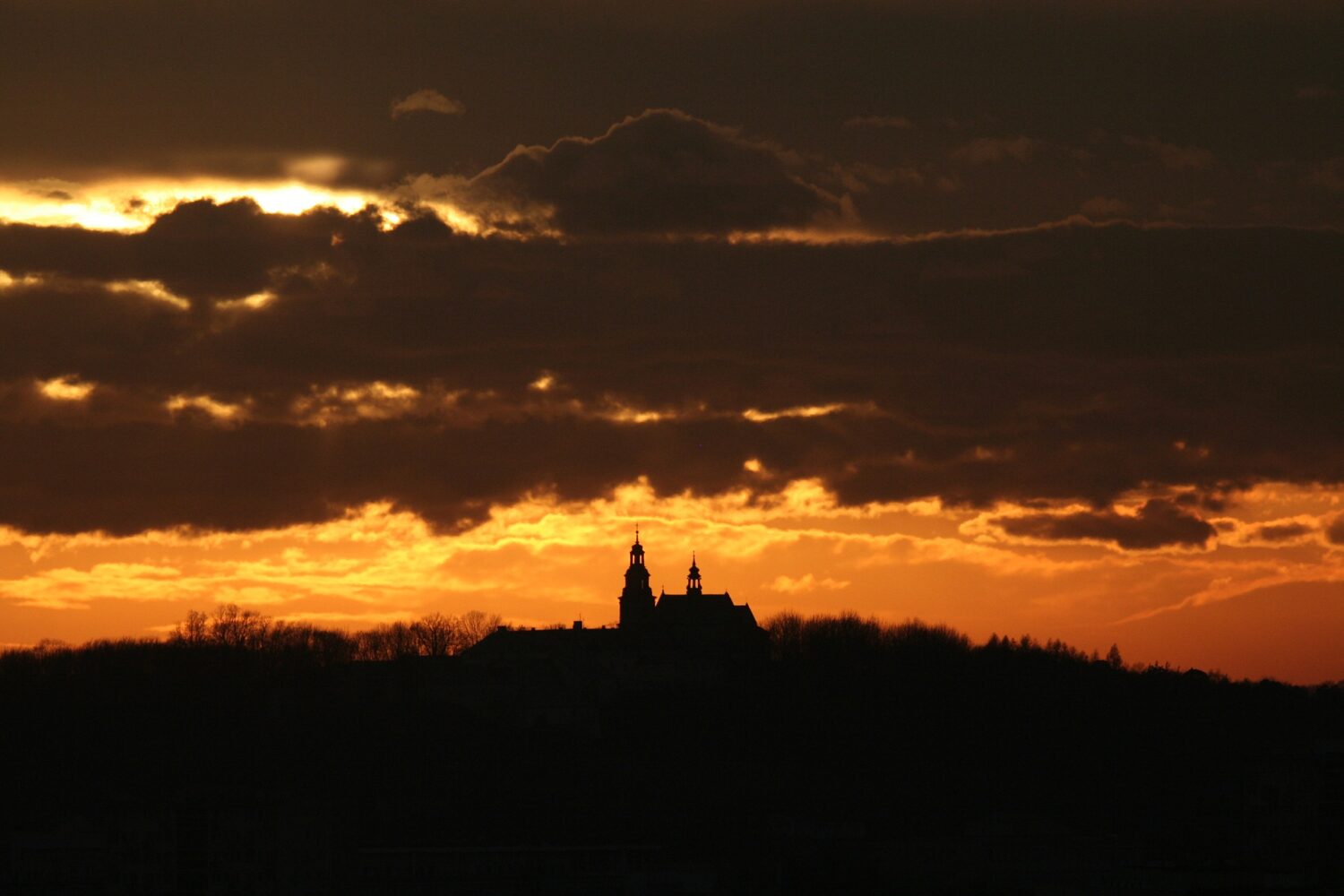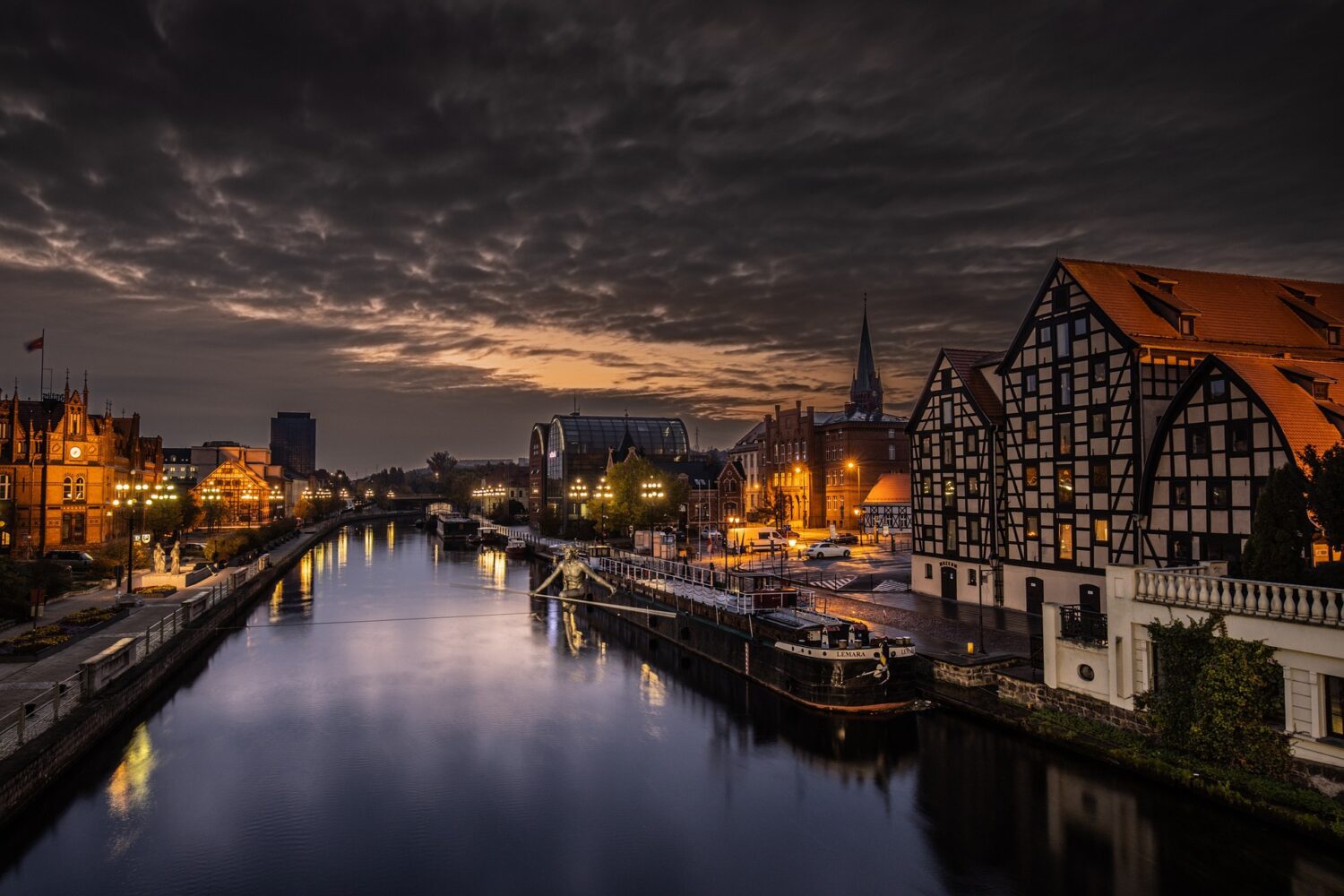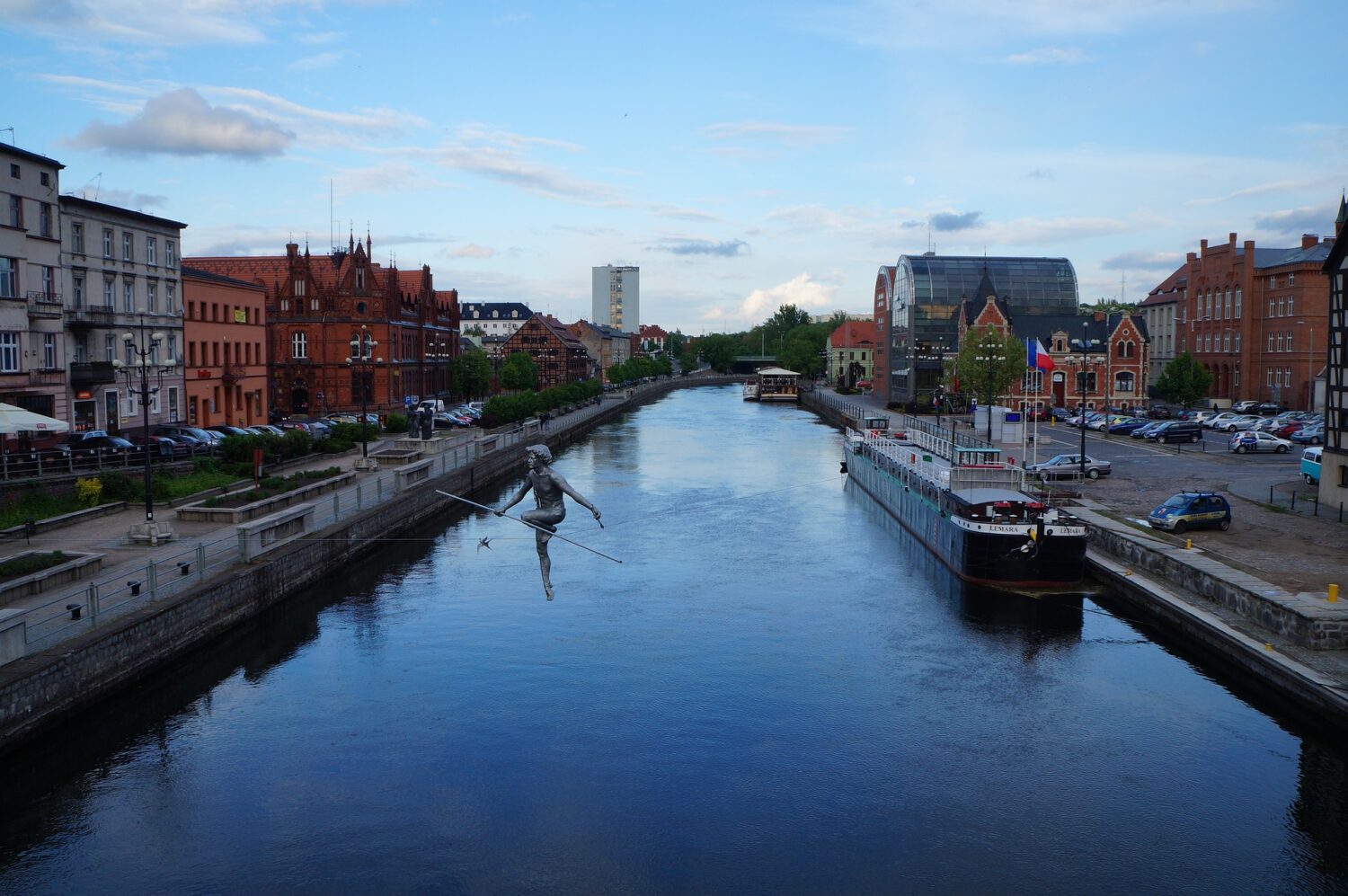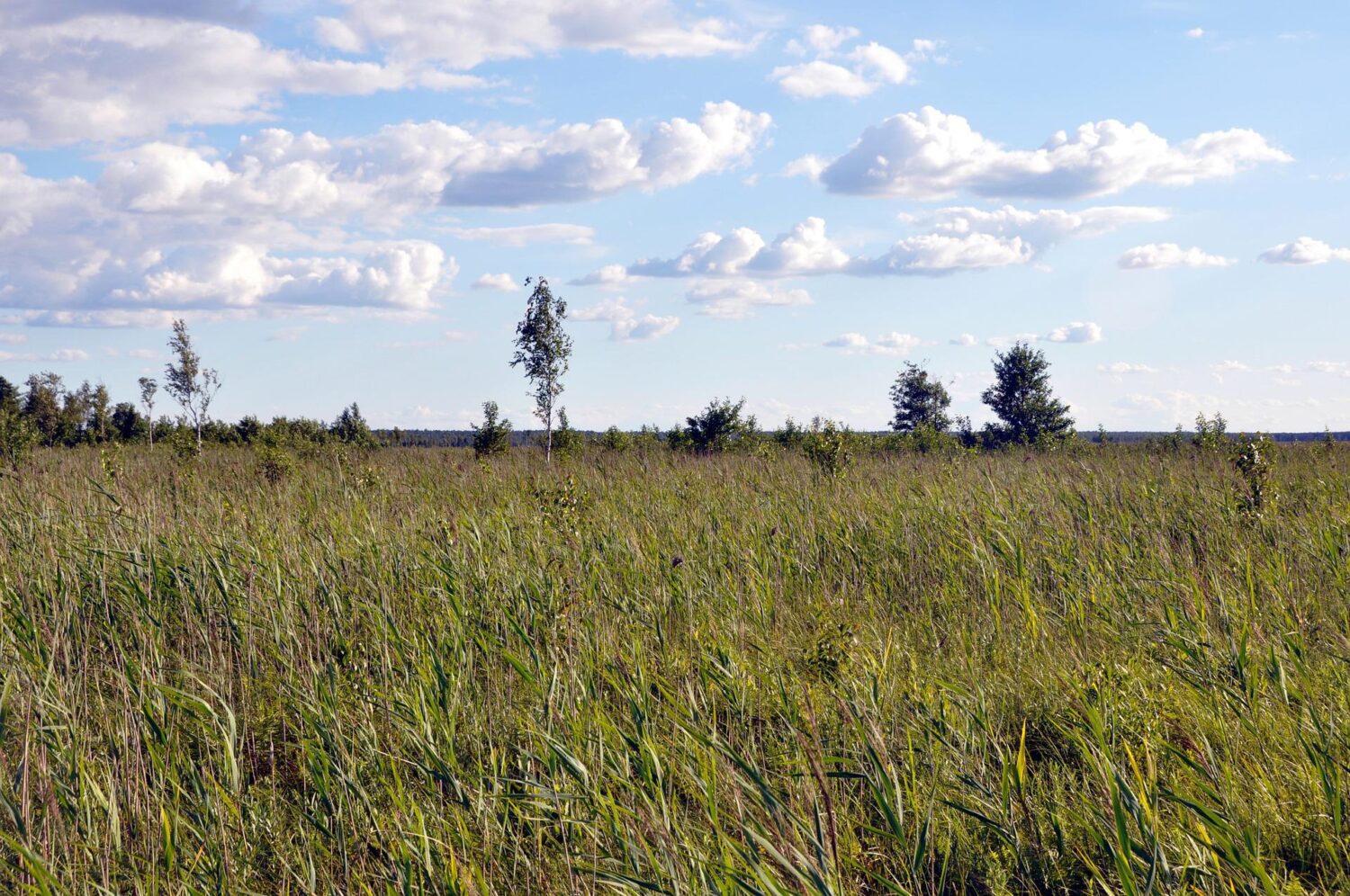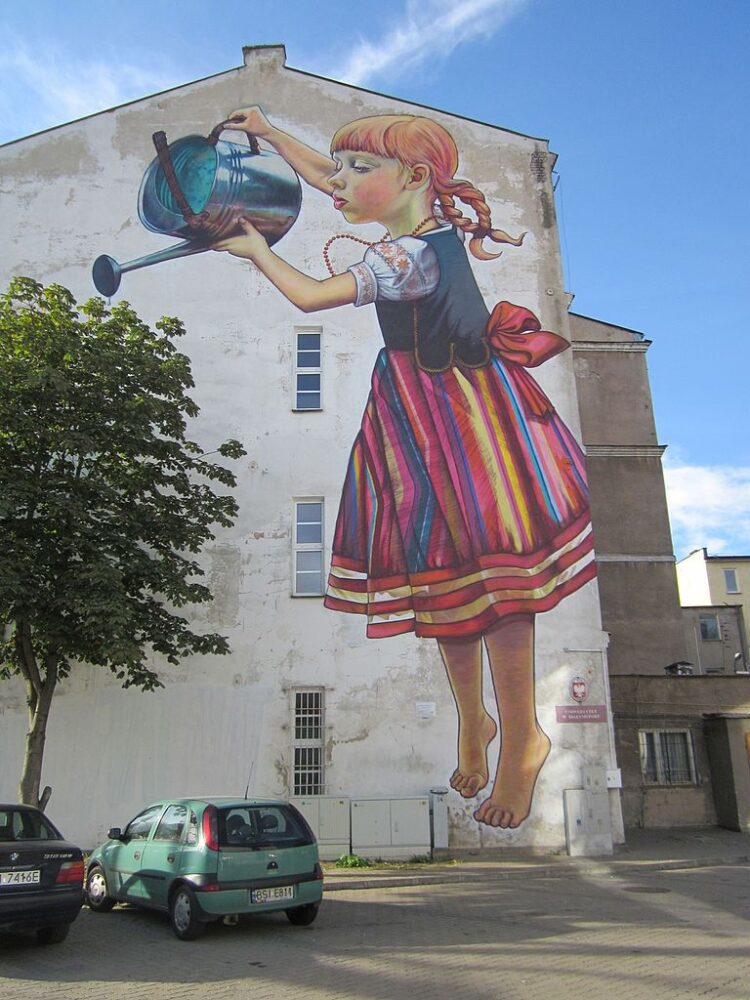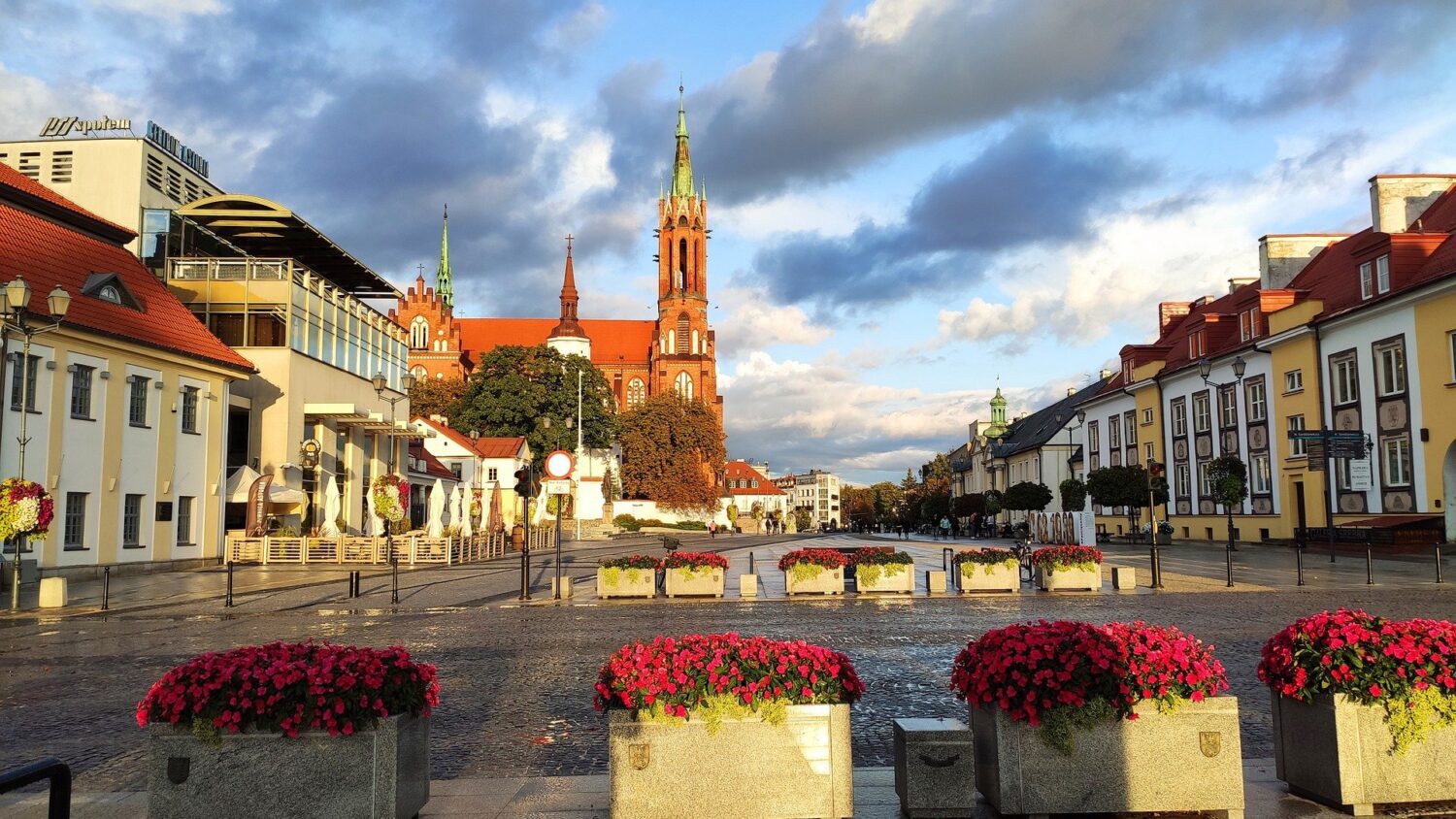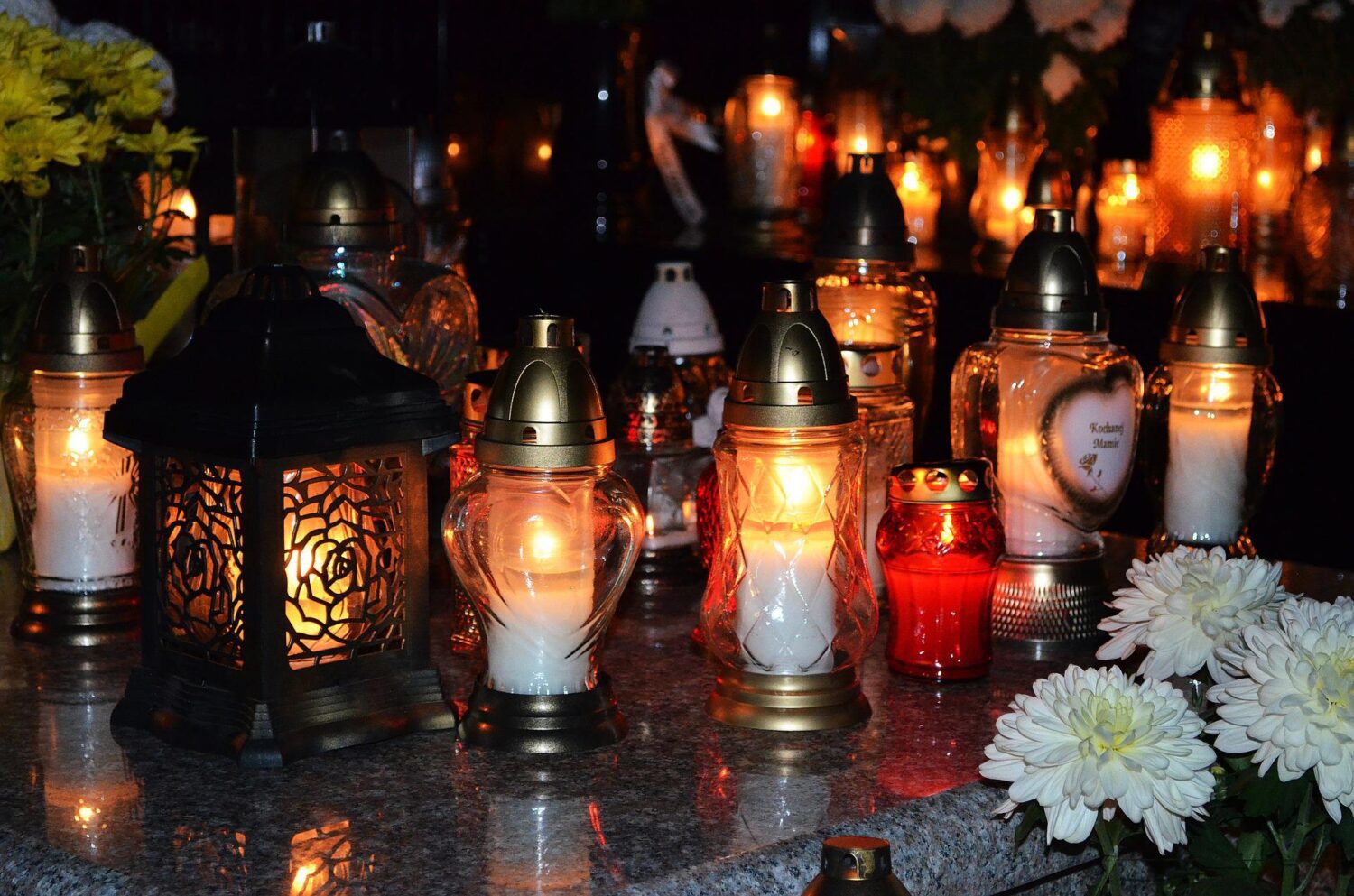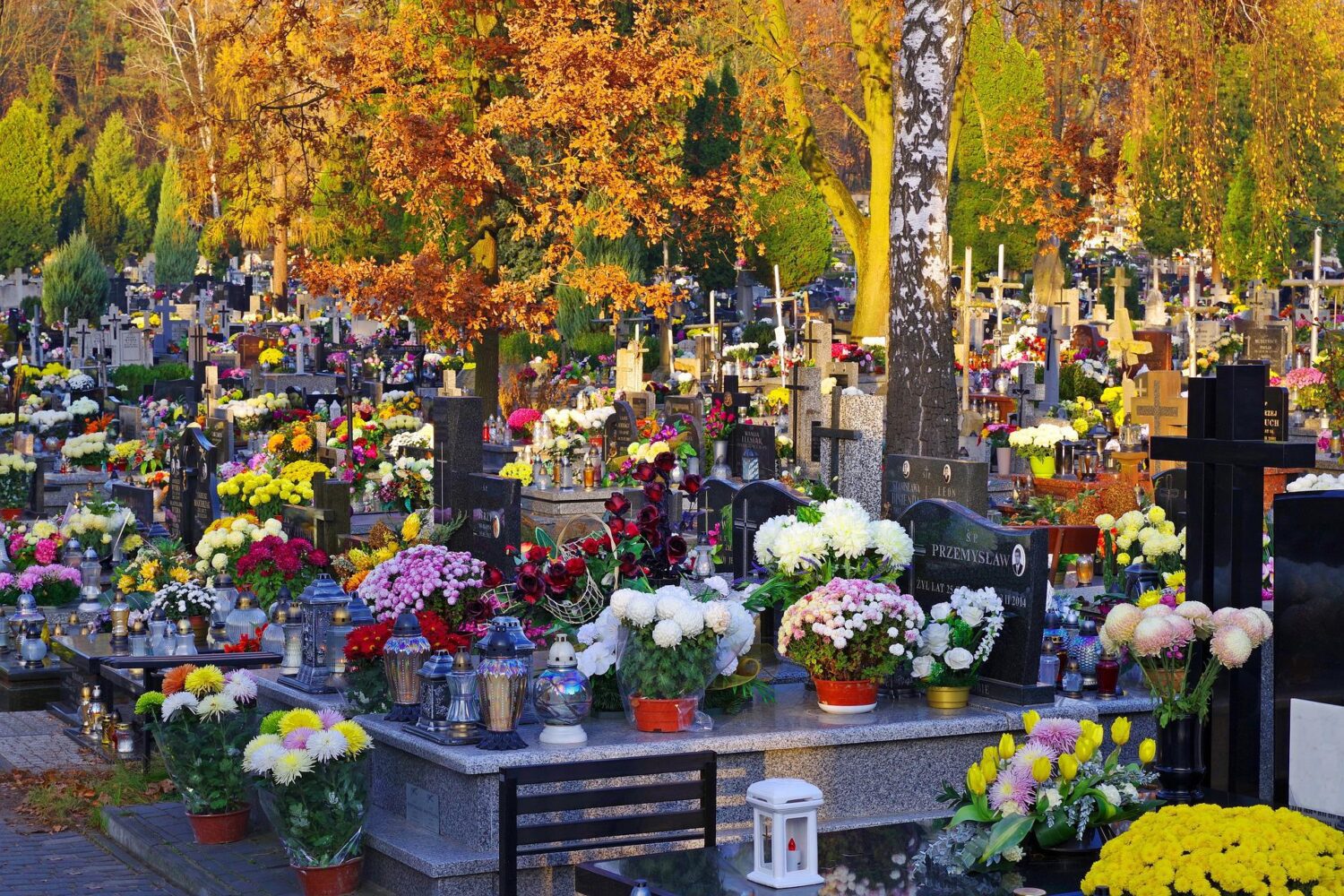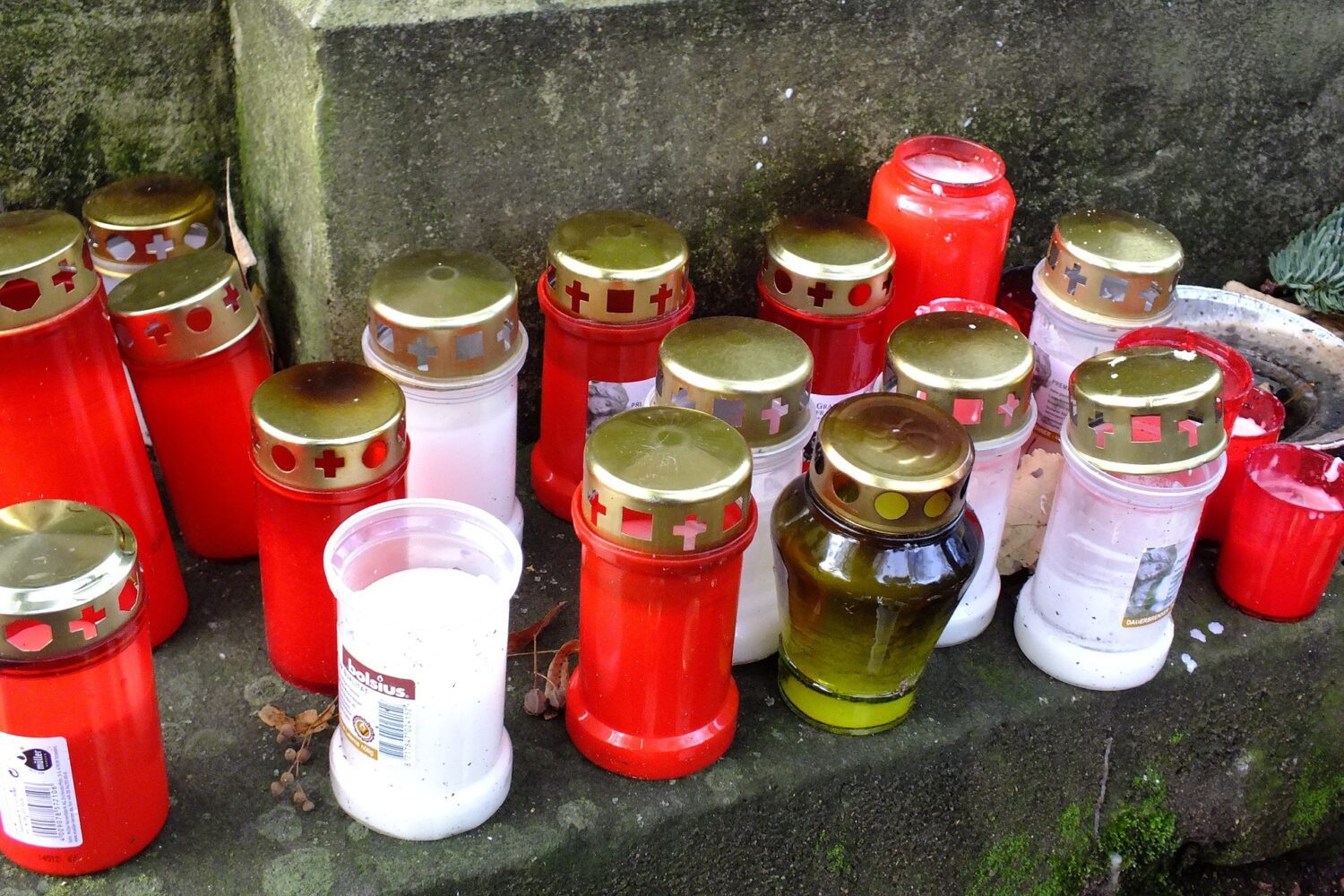Top 10 things to do in Lodz
What to see, what to do
Things to do – Updated 17 January 2023.
There’s a lot to see and do in the city. Here’s our list of the Top 10 things to do in Lodz. Click on the links for further information or to book a tour & buy tickets.
1. EC1
If Łódź's grand plan of reinvention and rejuvenation had a centrepiece, it would be EC1, which takes its name from the structure it once was, the city’s first heating and power plant, Elektro-Ciepłownia 1. The EC1 building is home to the most modern planetarium in Poland and a fascinating Science and Technology Centre.
2. Manufaktura
Manufaktura is a massive shopping mall complex of red-brick buildings occupying a large area of a former cotton factory dating back to the nineteenth century. In addition to multiple chain stores, you’ll find a multiplex cinema, an Imax theatre, several museums, cafes and restaurants. Check out the beautiful brick Factory Gate on the south side. It dates back to 1880.
Best highlights of Lodz walking tour
3. Jewish Cemetery
The Łódź Jewish Cemetery was opened in 1982 and was once the largest Jewish cemetery in Poland. Occupying around 44 hectares of land, the cemetery contains around 68,000 surviving memorials in addition to mass graves of victims of the Litzmannstadt Ghetto and the Holocaust, an area known as Ghetto Field or Polem Gettowym in Polish; which is the final resting place for 43,000 victims. Today over a hundred of the gravesites have been declared historical monuments and are in various stages of restoration. The mausoleum of Izrael Poznański is perhaps the largest Jewish tombstone in the world and the only one containing decorative mosaic. The cemetery continues to function as a Jewish burial site.
4. Radegast Station
Radegast station on the north side of the city, was the main deportation centre (Umschlagplatz) for Jews being sent to the extermination camps at Chełmno and Auschwitz-Birkenau during Operation Reinhard. During WWII, the station was located just outside the Łódź Ghetto, one of the biggest Jewish ghettos in German-occupied Europe. During the period from 16th January 1942 to 29th August 29 1944, around 200,000 victims passed through the station on the way to their deaths. The station has been preserved and now holds a memorial to those lost in the Holocaust.
5. City Museum of Łódź
The museum is housed in the impressive Neo-Baroque palace of 19th-century textile baron Izrael Kalmanowicz Poznański adjacent to the Manufaktura mall. Exhibits are dedicated to the city’s history and famous citizens.
6. Herbst Palace Museum
The museum is a branch of the Museum of Art and is the former residence of the Herbst family, a very wealthy and influential family in the 2nd half of the 19th century. The owners fled Poland before the start of WWII and took the art and furnishings with them; since then the interior has been restored and refurnished and is now back to its former glory. In addition to seeing the rooms within the palace, there is also a separate exhibition of Polish and European art from the 15th to early 20th centuries.
7. Centre for Science & Technology
The Centre for Science & Technology occupies 8,000 sqm of exhibition space within the EC1 complex. It’s a hands-on experience that attempts to explain scientific principles such as electromagnetism and atomic physics. You can explore the insides of the giant furnaces and boilers and enjoy simulations, games and other multimedia elements.
8. Pasaż Róży
Tucked away off ul. Piotrkowska 3 is a courtyard called Pasaż Róży where you’ll find a spectacular piece of public art designed by Joanna Rajkowska. The passage has been completely lined with mirror fragments arranged in swirling floral patterns. Well-worth a visit.
9. Museum of the Factory
You’ll find this industrial museum within the Manufaktura complex next to the multiplex cinema on the second floor. The exhibits include old textile machines and tells the history of the industrial fortune of Izrael Kalmanowicz Poznański. It shows how the factory developed in time, the production techniques for cotton cloth and the everyday lives of the ordinary factory workers.
10. Teatr Wielki
The Teatr Wielki, located on Plac Dąbrowskiego, is the second largest opera house in Poland and one of the largest in Europe, with an auditorium which can seat 1074 people.
FAQ
What is the best time to visit Lodz?
The best time to visit Lodz is during the spring (April-May) or fall (September-October) when the weather is mild and the crowds are smaller.
What are some must-see sights in Lodz?
Some must-see sights in Lodz include the Piotrkowska Street, the Grand Theatre, the Manufaktura complex, the Museum of Lodz, and the Central Museum of Textiles.
How can I get around Lodz?
Lodz has an efficient public transportation system, including buses and trams, as well as the option to rent a bike or take a taxi. Walking is also a great way to explore the city.
Are there any good places to eat in Lodz?
Lodz is known for its traditional Polish cuisine, with many restaurants serving dishes such as pierogi, bigos, and kielbasa. There are also many international options available.
What is the currency in Lodz?
The currency in Lodz is the Polish zloty (PLN).
What is the language spoken in Lodz?
The official language spoken in Lodz is Polish. Many locals speak English, and you should be able to find people who speak German, Italian, Spanish and French in touristic places.
Are there any good places to shop in Lodz?
Lodz is known for its traditional markets and souvenir shops, where you can find items such as amber jewelry, hand-painted pottery, and hand-woven textiles. There are also many modern shopping centers and malls in the city.
Are there any good places to stay in Lodz?
Lodz has a wide range of accommodation options, from budget hostels to luxury hotels. It's best to book in advance in high seasons.
Are there any good festivals or events in Lodz?
Lodz is home to many festivals and events throughout the year, including the International Festival of Comics and Games, the Festival of Good Beer, and the FashionPhilosophy Fashion Week Poland.
Are there any good day trips from Lodz?
Some popular day trips from Lodz include the Pabianice, the Tomaszow Mazowiecki and the spa town of Uniejow,
